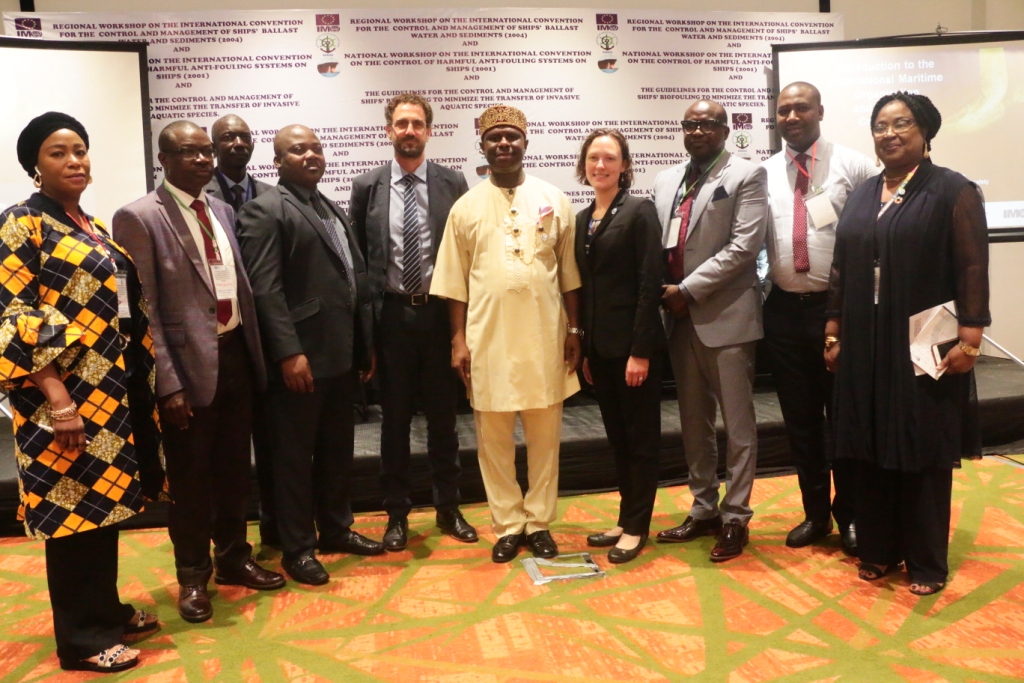Indications that the second Niger Bridge will for the fifth time, be used by a ruling government to campaign for votes from the South East emerged weekend following the revelation by the Ministry of Power, Works and Housing that the real contract for construction work on the bridge would be awarded in about two months’ time, Business Hilights Intelligence Unit (BHIU) can authoritatively report.
BHIU, an independent research division of the Business Hilights Media group under the parent body of Media Hilights Integrated Company Limited, recalls that “in 2003, President Olusegun Obasanjo used the bridge to sweep votes and failed to deliver the bridge even though there was a kangaroo ceremonial flag off of construction activities towards the end of his second term in office”.
“In 2007, late Umaru Musa yar’Adua also used the same bridge to garner votes from the geopolitical zone but nothing was done within the period of his brief administration.
BHIU observed further that “President Goodluck Jonathan also used the same bridge to rake in votes during the 2011 presidential election which he won and dumped the scheme”.
In 2015 both President Jonathan and President Muahammadu Buhari used the same bait to share votes from the same region even though the later won.
Now, 2019 is underway and the current government seems to be raising the game again with additional strategies on how the endless preparations to build the bridge will swing votes come next year.
Currently, the federal government said the new cost of the job has jumped to N210bn even as all is set to send the memo for its procurement to the Bureau of Public Procurement (BPP) for processing.
Otherwise, the procurement for the main bridge would start soon and that a memo on it would be sent to the Federal Executive Council for approval, after getting a no objection response from the BPP.
The main bridge, which has a length of 1.59 kilometres, forms part of the 11.9km length of the entire Second Niger Bridge project that comprises four sections namely: Asaba road, toll plaza, bridge and Onitsha road.
The bridge links Delta and Anambra states, but the entire road project traverses a lot of communities in these states.
According to the Director of Highways, Bridges and Design, Federal Ministry of Power, Works and Housing, Sogbesan Adetokunbo, the activities currently ongoing at the project site were mainly early works, adding that the construction of the main bridge would soon commence.
Adetokunbo disclosed that the delivery of the infrastructure will take two years, stressing that “the cost to do this at the current rate is about N210bn. Please note that this is for the main bridge work.”
He gave a brief history of the project, revealing that “Early works 1 to 3 have been completed. Early work 1 comprises the design of the road, soil investigation, preliminary drawing and final engineering drawings. Early works 2 and 3 are at the Asaba end, while early work 4, which is ongoing, is at the Onitsha end”.
“So, early works 1, 2 and 3 are 100 per cent completed, while early work 4 is about 45 per cent completed. But the main work, which is the main bridge, is at the point of procurement. The estimates have been concluded, a memo has been written to the BPP for no objection, and thereafter, a memo will be sent to FEC for approval.”
“And once they approve it, the main work will be awarded. So, early next week, the memo will be sent to the BPP for no objection and thereafter it will be sent to FEC for approval. The Federal Government is paying 100 per cent for the project and it is not under PPP (public private partnership). The main work should be awarded in the next one or two months.
Continuing, Adetokunbo averred that “When the main bridge is awarded, that is when you will see a lot of work on the water and the length of the bridge is about 1.59 kilometres. We know that that is what people want to see.
“They want to stand on the existing bridge and see piling work going on, but where we are working now is at the end of the two extremes. So, most people on the existing bridge will not see what is going on now, but very soon they will see it once the main work is awarded.”
Though opinion leaders in the region had at several for a called on the government to deliver the bridge so that socioeconomic activities in the region and adjoining South-South can peak up, the government is claiming that the Second Niger Bridge was an essential project that would connect Lagos to the Mombasa Port in Kenya.
Adetokunbo averred that “It is very critical not only to the Nigerian economy, but to the countries along the route’s corridor, which include Nigeria, Cameroon, Central Africa Republic, Uganda and Kenya. Apparently, the project is to connect the Lagos Port to the Mombasa Port, which will enhance economic activities in Africa as a whole”.
The Federal Controller of Works in Anambra State, Innocent Alumonah, revealed that the existing Niger Bridge was constructed in 1965 and inaugurated on January 4, 1966.
He said “From 1965 to date, we have had a life span of around 53 years, although the ministry has done a lot of work to strengthen the bridge. However, due to the excessive axle load, the age of the bridge and the enhanced economic activities within the road corridors, the Federal Government is compelled to initiate and commence the construction of the Second Niger Bridge”.









